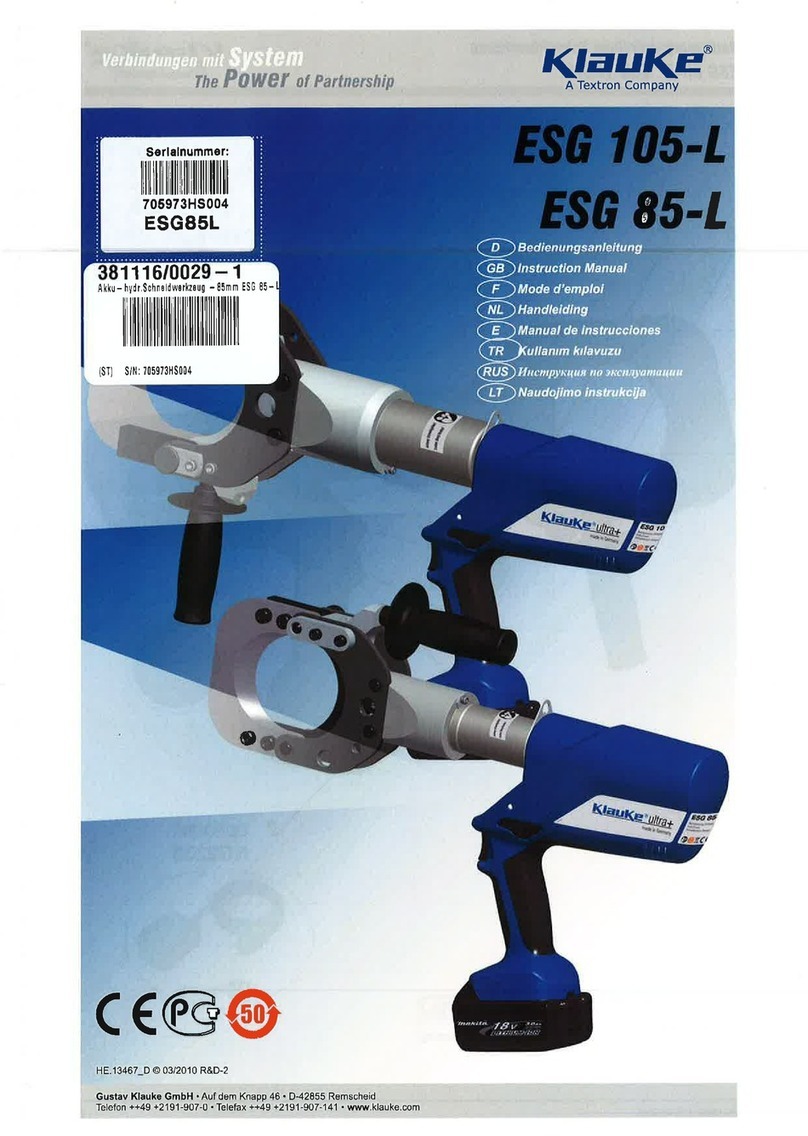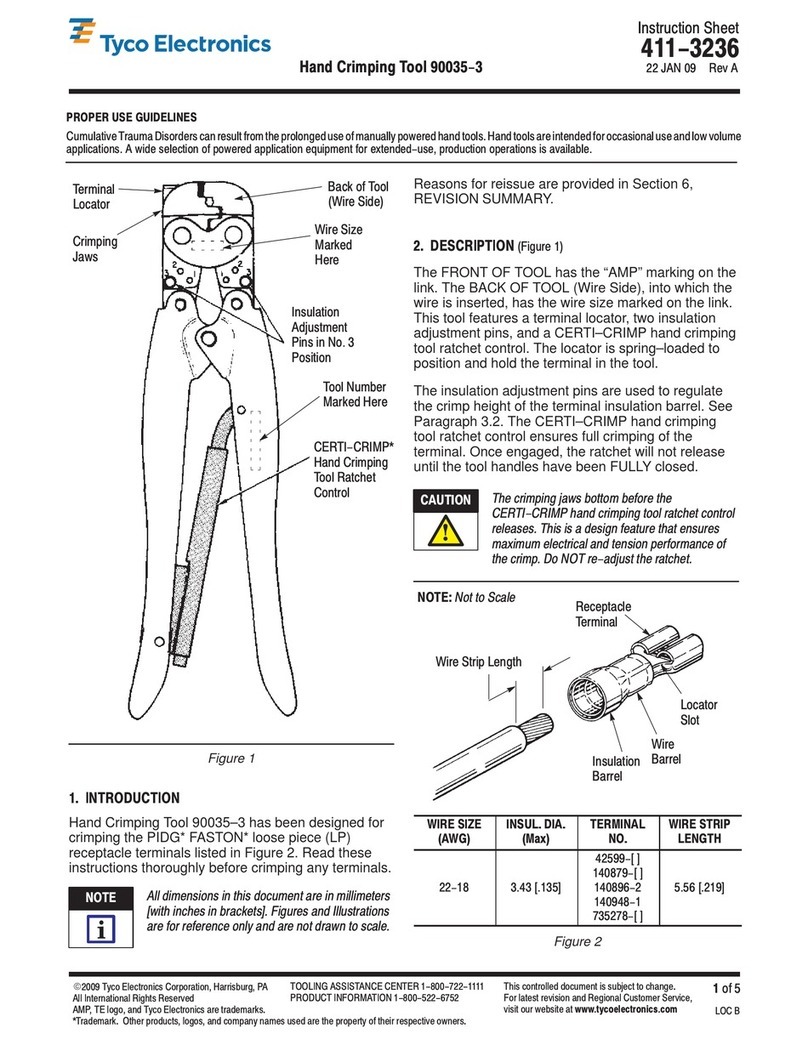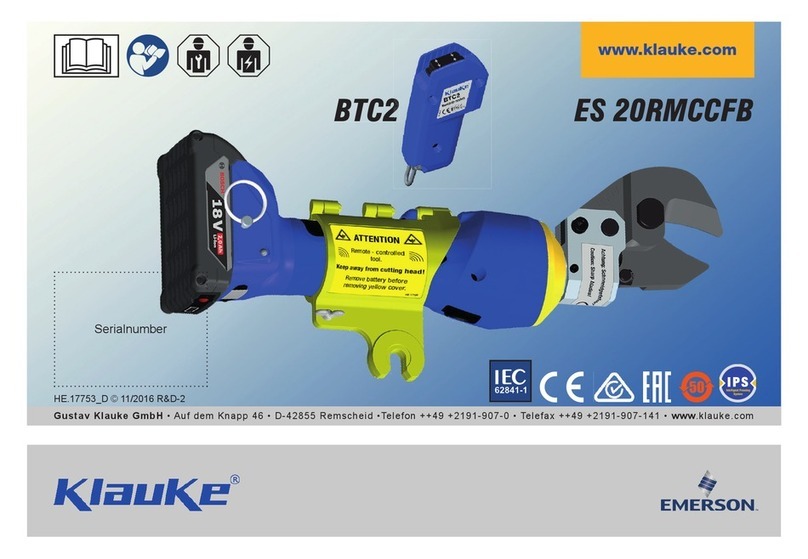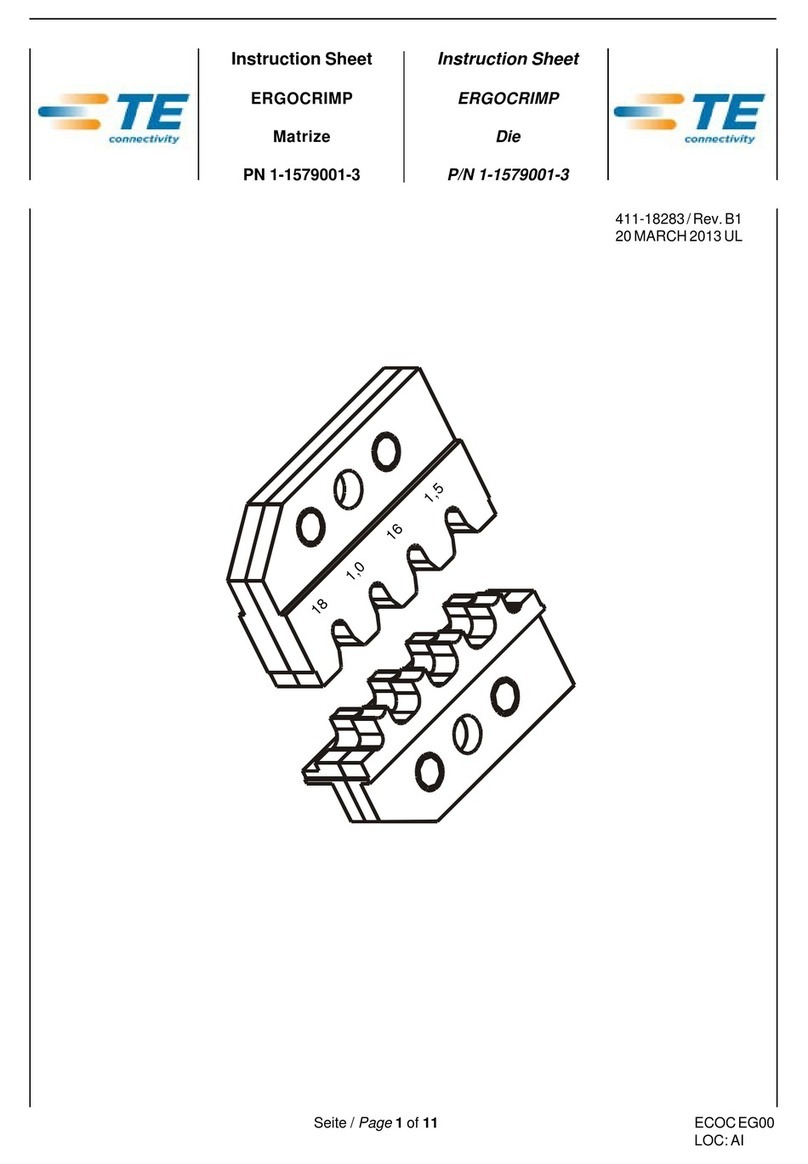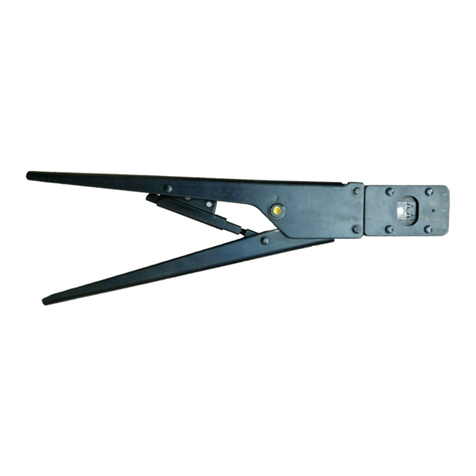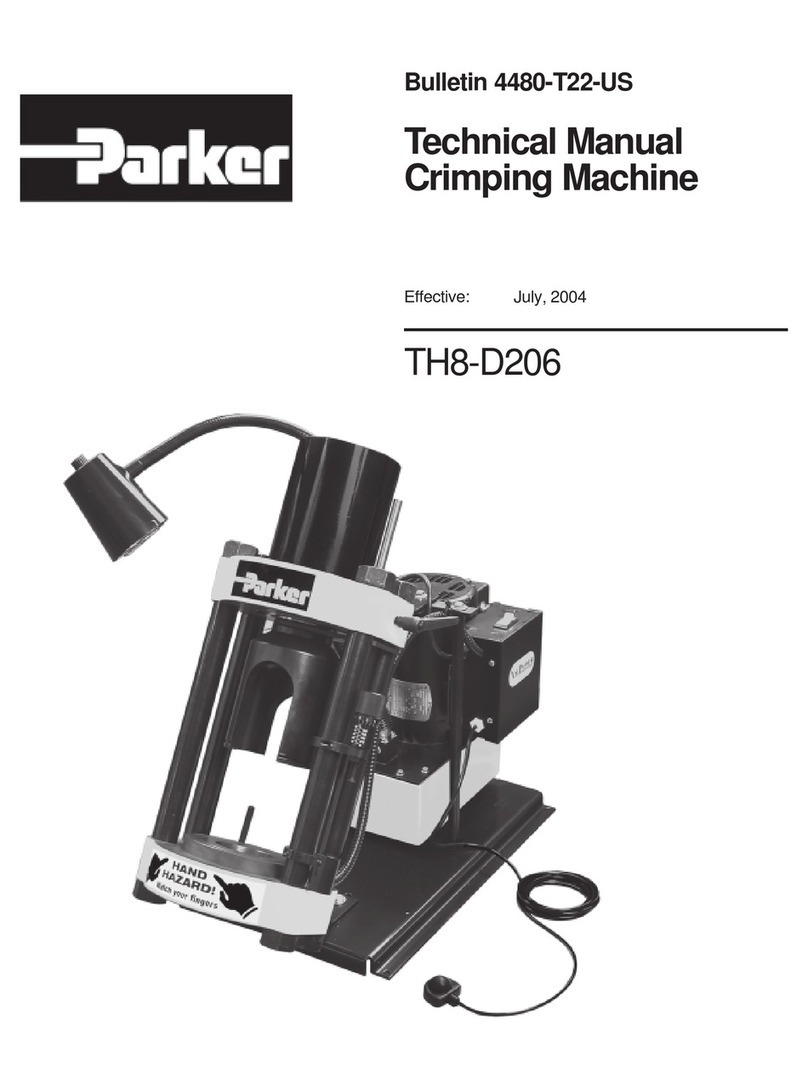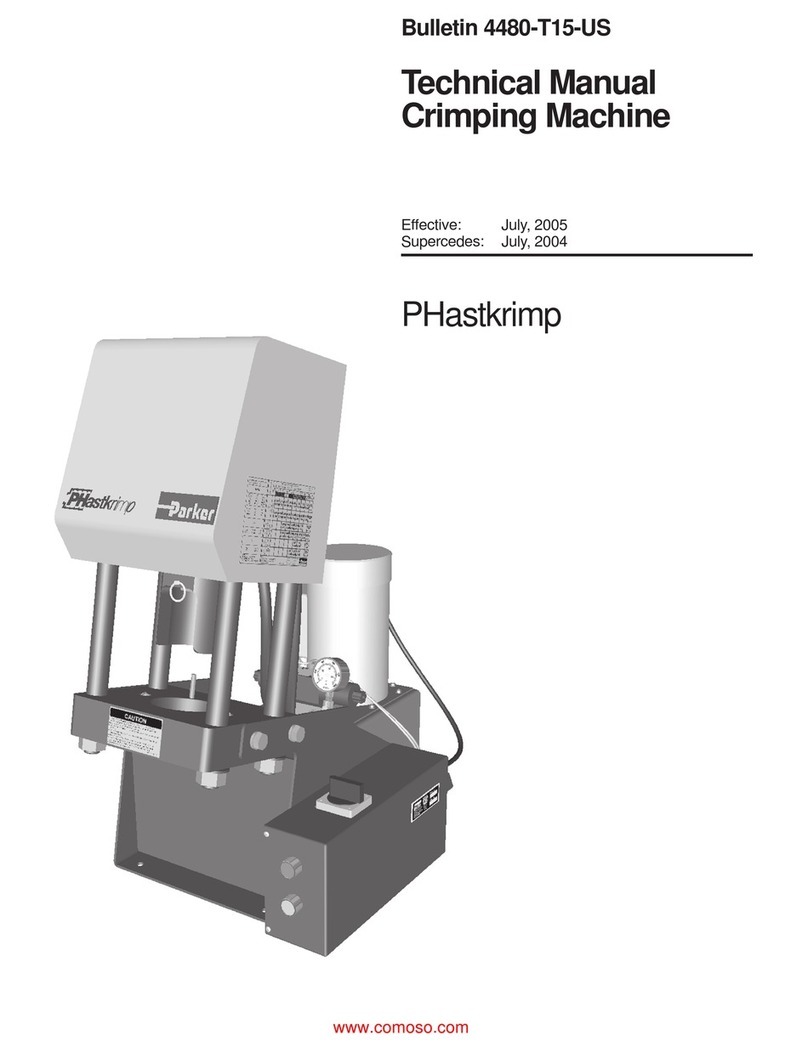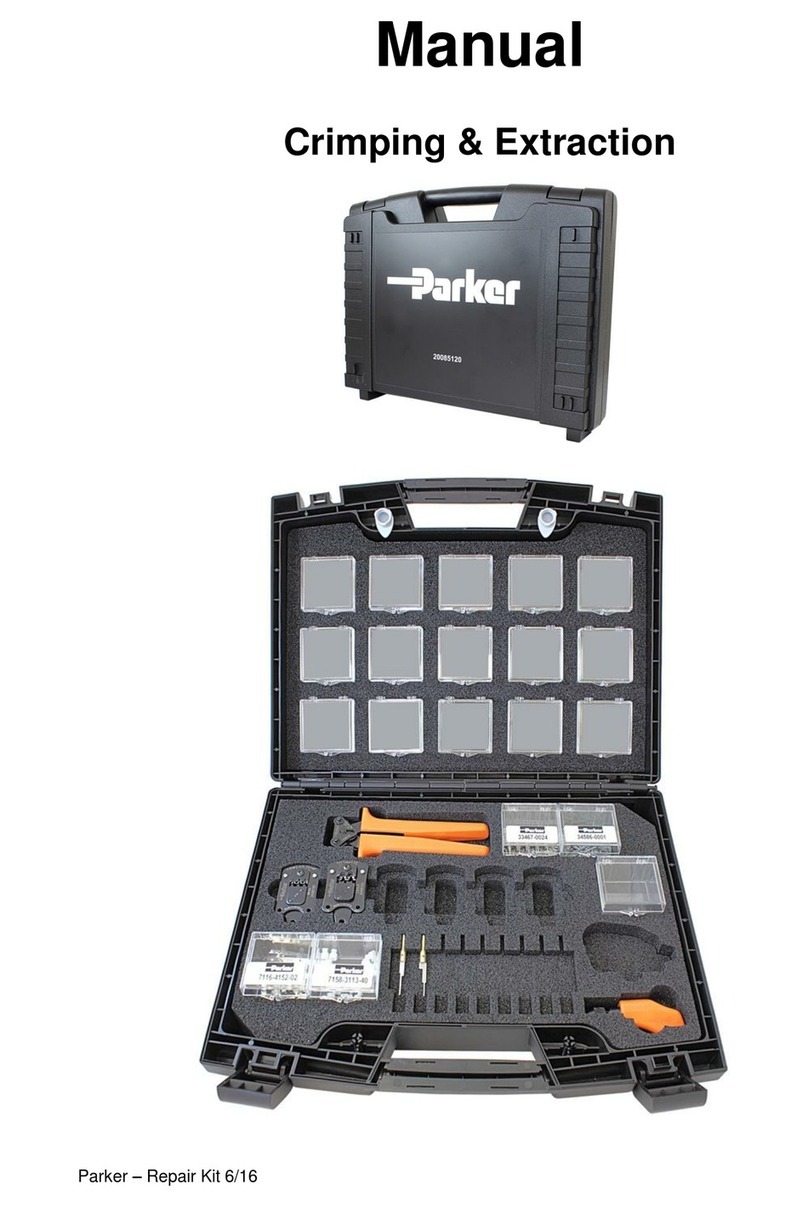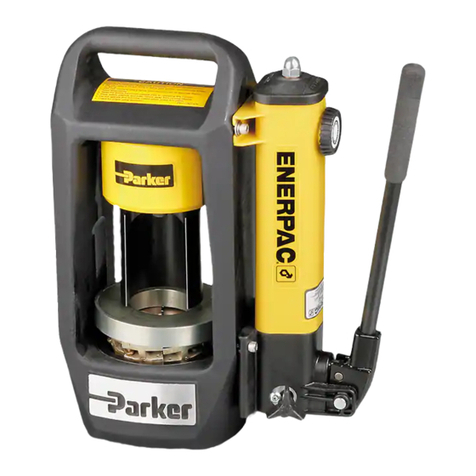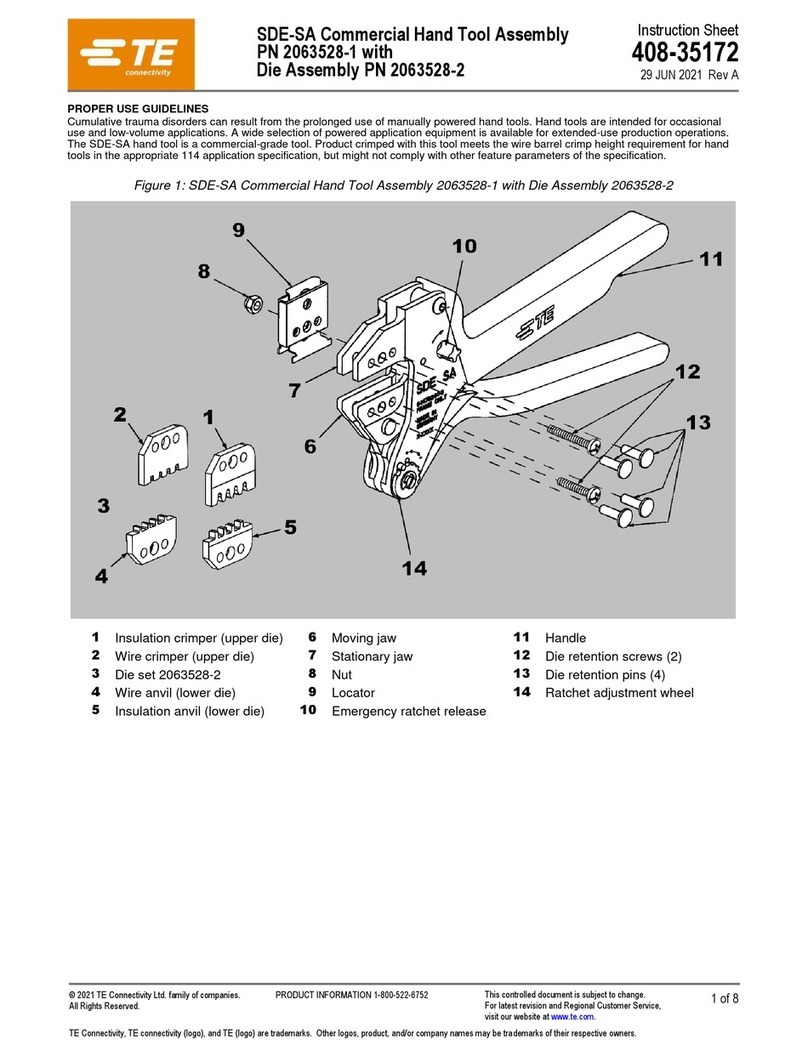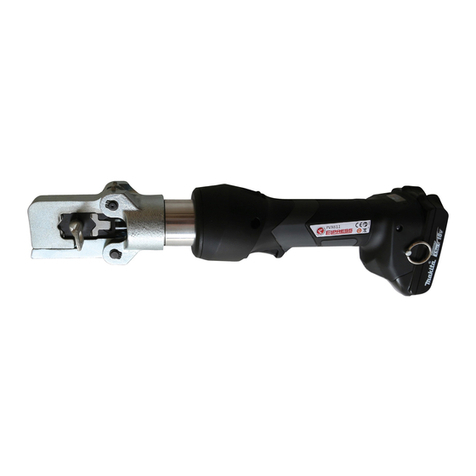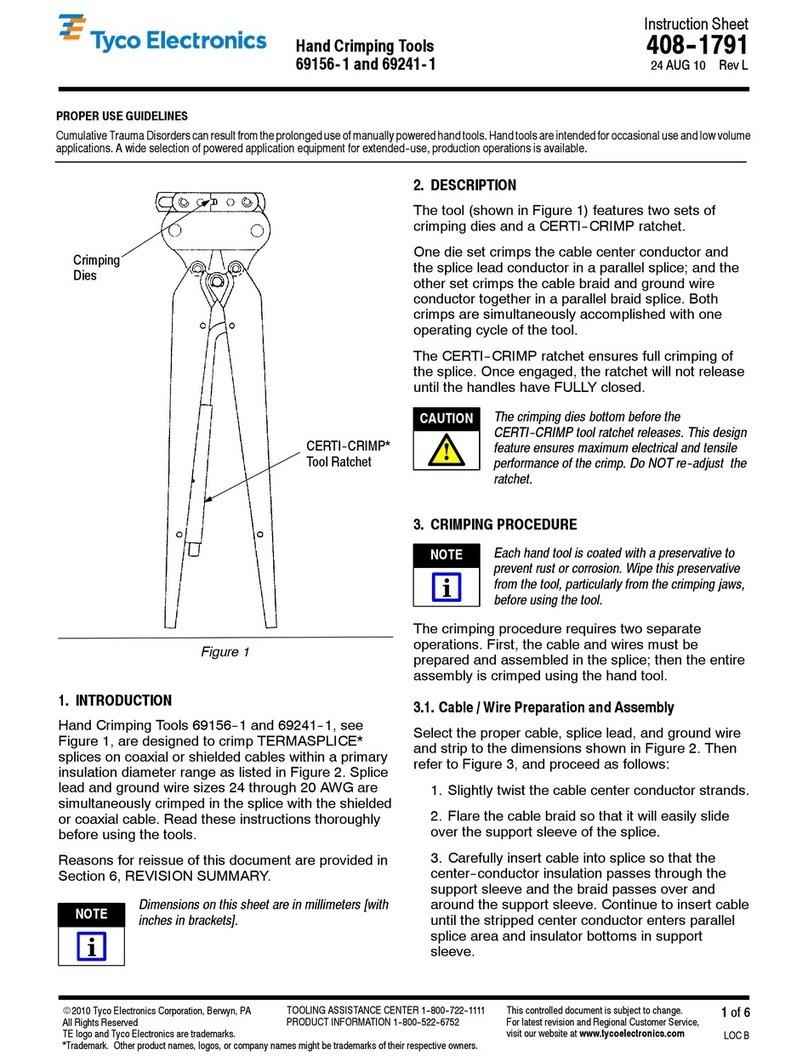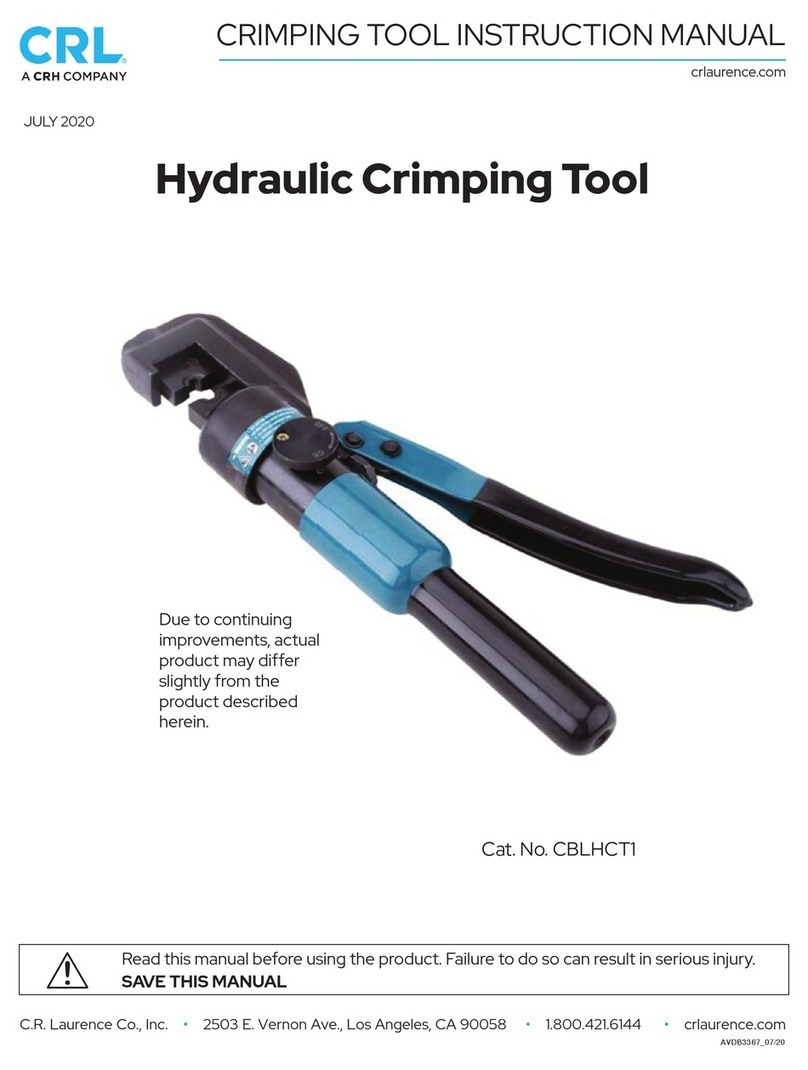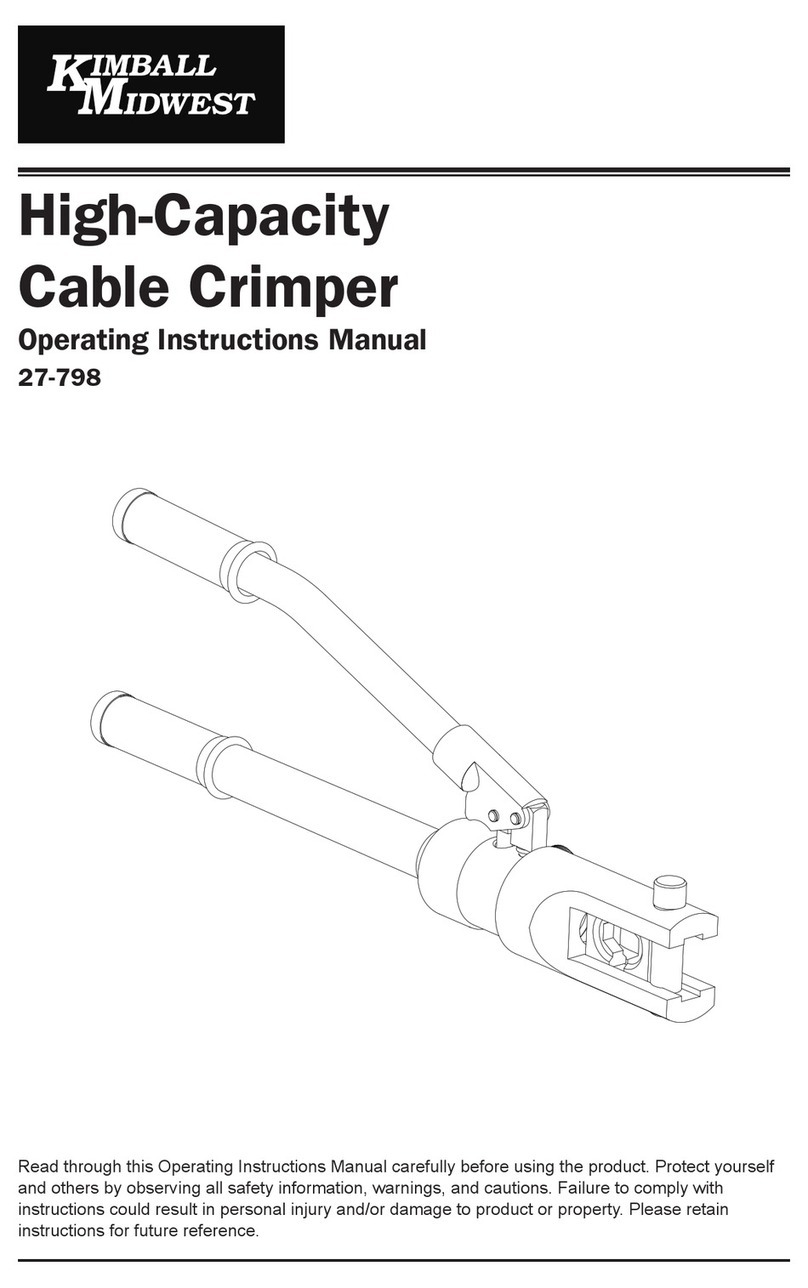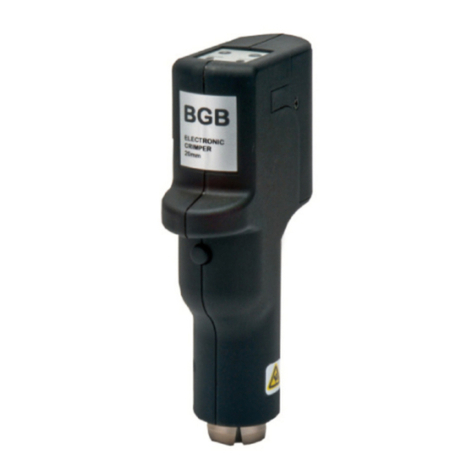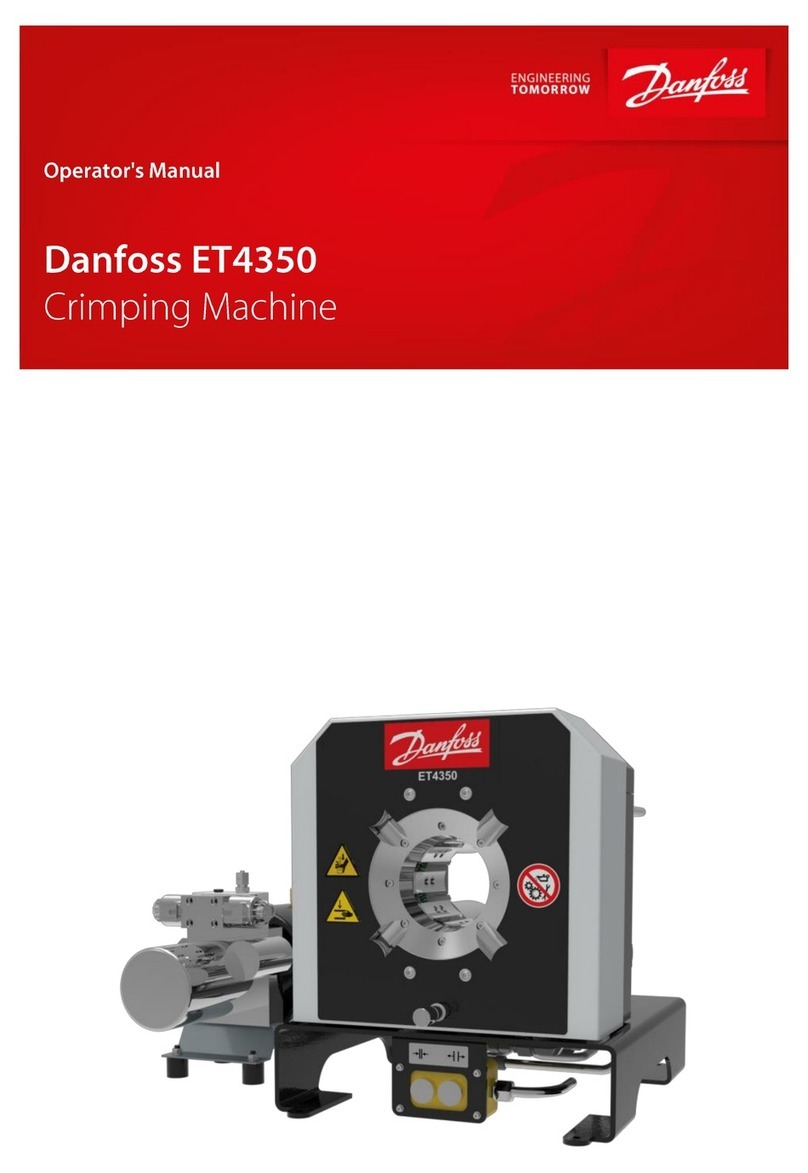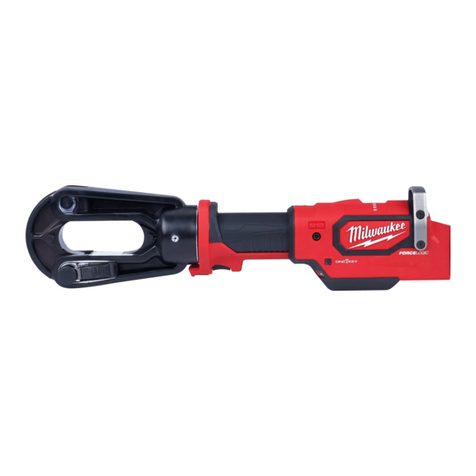Chapter Page
1 Introduction, Designated Use ........................................................................................ 1-1
1.1 Fundamentals ................................................................................................................... 1-1
1.2 Target groups.................................................................................................................... 1-2
1.3 Designated use ................................................................................................................. 1-2
2 Safe Operation, Pollution Control.................................................................................. 2-0
2.1 General remarks ............................................................................................................... 2-0
2.2 Definition of terms ............................................................................................................. 2-1
2.3 Operational safety instructions..........................................................................................2-3
2.3.1 Safety signs at the site ..................................................................................................... 2-3
2.3.2 Recommended working area ...........................................................................................2-3
2.3.3 Noise emissions ............................................................................................................... 2-4
2.4 To be observed ................................................................................................................. 2-5
2.4.1 Prior to switching-on or restoring of power....................................................................... 2-5
2.4.2 During operation............................................................................................................... 2-5
2.4.3 In case of maintenance and repair ................................................................................... 2-7
2.5 Emergency measures .......................................................................................................2-8
2.6 Operating and waste materials.......................................................................................... 2-8
3 Construction and Function ............................................................................................ 3-1
3.1 Construction ...................................................................................................................... 3-1
3.2 Function ............................................................................................................................ 3-2
3.2.1 Assembly instructions....................................................................................................... 3-4
4 Transport, Dimensions, Installation, Intermediate Storage ........................................ 4-0
4.1 Transport........................................................................................................................... 4-0
4.1.1 Weights ............................................................................................................................ 4-0
4.2 Dimensions ....................................................................................................................... 4-0
4.3 Installation ......................................................................................................................... 4-1
4.3.1 Structural requirements .................................................................................................... 4-1
4.3.2 Energy required................................................................................................................ 4-1
4.3.3 Ambient conditions ........................................................................................................... 4-1
4.4 Intermediate storage of the plant....................................................................................... 4-2
4.5 Installation ......................................................................................................................... 4-2
5 Operation ......................................................................................................................... 5-1
5.1 First commissioning .......................................................................................................... 5-1
5.2 Switching-on...................................................................................................................... 5-2
5.3 Switching-off...................................................................................................................... 5-2
5.4 Restoring of power ............................................................................................................ 5-2
5.5 Operating mode ................................................................................................................ 5-3
5.6 Emergency stop ................................................................................................................ 5-4
Contents
